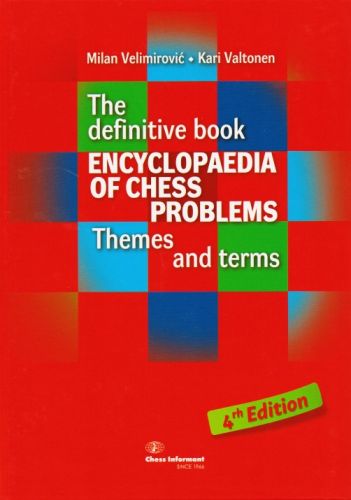
Practical endgames – positions arising in actual games, where skillful play should transform it into a theoretical endgame position. Theoretical endgames – positions where the correct line of play is generally known and well-analyzed, so the solution is a matter of technique. 4.5 Bishop versus knight endings (with pawns)Įndgames can be divided into three categories:. The defending side should strive for the opposite.Ĭhess players classify endgames according to the type of pieces that remain. This generally makes it easier to convert a material advantage into a won game. Usually in the endgame, the stronger side (the one with more material using the standard piece point count system) should try to exchange pieces (knights, bishops, rooks, and queens), while avoiding the exchange of pawns. Many people have composed endgame studies, endgame positions which are solved by finding a win for White when there is no obvious way to win, or a draw when it seems White must lose. Whereas chess opening theory changes frequently, giving way to middlegame positions that fall in and out of popularity, endgame theory always remains constant. It can be brought to the center of the board and act as a useful attacking piece. The king, which has to be protected in the middlegame owing to the threat of checkmate, becomes a strong piece in the endgame. In particular, pawns become more important as endgames often revolve around attempting to promote a pawn by advancing it to the eighth rank. The endgame, however, tends to have different characteristics from the middlegame, and the players have correspondingly different strategic concerns. The line between middlegame and endgame is often not clear, and may occur gradually or with the quick exchange of a few pairs of pieces. – American Chess Correspondent, writing about the tenth edition.In chess and chess-like games, the endgame (or end game or ending) is the stage of the game when few pieces are left on the board. the most important single book in world chess literature". CollinsĬompletely revised by Larry Evans under the editorship of Walter Korn SergeantĮdited and completely revised by Walter KornĬompletely revised by Walter Korn and John W. White, completely revised by Walter Korn under the editorship of R. White, completely revised by Reuben Fine, R. As Practical Chess Openings was not revised in any further editions, MCO remained the most popular English language opening reference. Fine was not able to work on subsequent editions of MCO, so in 1948 he wrote Practical Chess Openings. In 1939, Reuben Fine, who had won the AVRO tournament the year before, edited MCO. 
Sergeant and Maurice Edward Goldstein providing revisions starting with the fourth edition in 1925. Editions through at least 1946 continued to be attributed to Griffith and White, with P.

The first three editions (1911, 1913, and 1916) were the work of Griffith (who won the 1912 British Championship) and White, with an introduction by Henry Ernest Atkins.

In 1977, Harry Golombek said "The work became popular at once and for over forty years was regarded as the main book on the openings throughout the world." Early editions were small enough to fit in a pocket (the first edition was 190 pages), but later editions grew and the fifteenth and most recent version is 768 pages. MCO was popular with English-speaking players and has continued to be updated throughout the 20th century and into the 21st, with fifteen editions from 1911 through 2008. HistoryĪlthough Bilguer's Handbuch des Schachspiels was more authoritative at the time MCO was first published, it was last published between 19, and was becoming outdated by the 1930s. Harry Golombek called it "the first scientific study of the openings in the twentieth century". The fifteenth edition was published in 2008. Modern Chess Openings (usually called MCO) is a reference book on chess openings, first published in 1911 by the British players Richard Clewin Griffith (1872–1955) and John Herbert White (1880–1920).







 0 kommentar(er)
0 kommentar(er)
